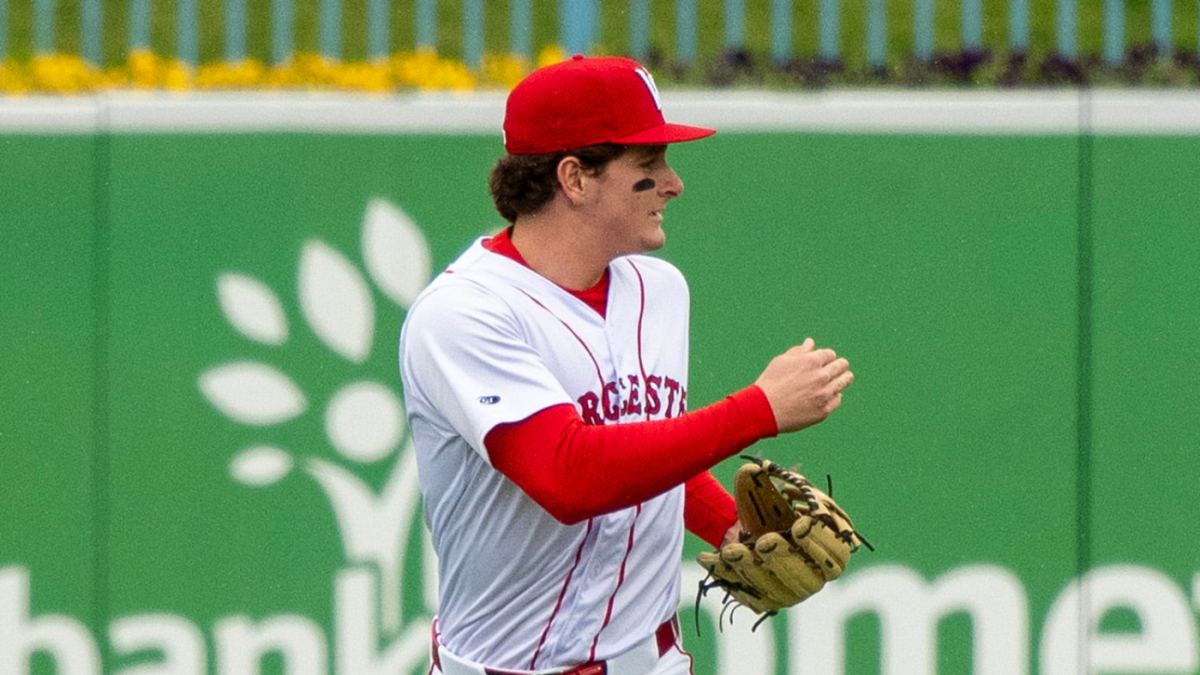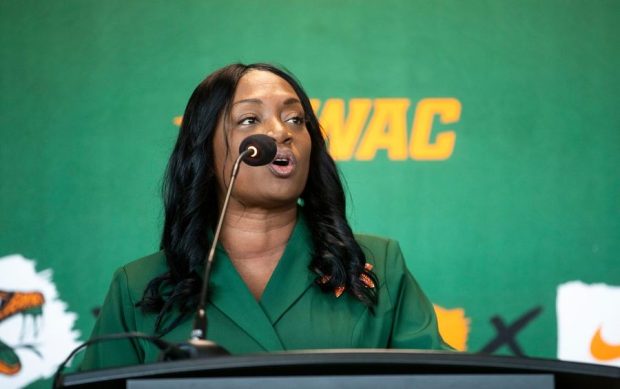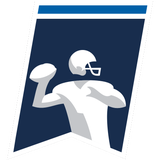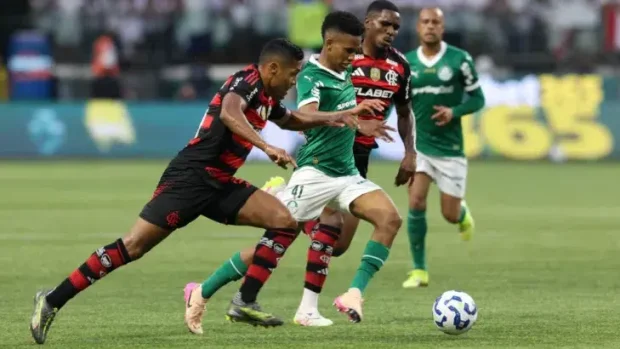

The Boston Red Sox are bringing baseball’s best prospect to the majors. The Red Sox have promoted outfielder Roman Anthony just hours ahead of Monday night’s game versus the Tampa Bay Rays. Anthony is in the lineup, batting fifth and playing right field, when Boston takes on Shane Baz. (In a corresponding move, Wilyer Abreu has landed on the injured list.)
Anthony, 21, has spent the year pulverizing Triple-A pitching. He entered Monday batting .288/.423/.491 with 10 home runs and nearly as many walks (51) as strikeouts (56). As such, he’s vindicated CBS Sports’ decision to rank him as the No. 1 prospect entering the season. Here’s what we wrote at the time:
Anthony has a lot working in his favor. He won’t celebrate his 21st birthday until the summer, yet he’s already authored an impressive 35-game stretch in Triple-A, during which he recorded a .983 OPS and a walk for every strikeout. His advanced metrics, including his 90th percentile exit velocity and his in-zone contact percentage, line up with those posted by James Wood and Junior Caminero; his chase rate, meanwhile, was superior to both. (Wood and Caminero subsequently hit well in the majors.) If there’s an area where Anthony could obviously stand to improve, it has to be with respect to pulling the ball in the air. He has immense raw strength, the kind that could eventually result in 30-plus homers annually; it’s eyebrow-raising, then, that he pulled just 4% of his Triple-A fly balls (the MLB average last season was over 9%). This ranking is a bet on Anthony’s youth and talent allowing him to figure out that component over the coming years. Even without it, he’s a high-quality prospect nearing arrival.
Just what else do you need to know about Anthony’s game and how he fits into the Red Sox lineup? Glad you asked. Below are three major points.
1. Massive strength, yet real feel for hitting
If you know nothing else about Anthony, you probably know that he has big-time power upside.
To wit, Anthony’s average exit velocity in Triple-A was 95 mph. He cleared the 110 mph mark on 13 occasions, including a May 24 home run that saw him top out at 116 mph. For perspective, that would place Anthony with one of the 16 highest maximum exit velocities in the majors this season, alongside notable names like Pete Alonso and Kyle Schwarber.
Anthony isn’t just a dead-pull hitter, either. Of his 10 home runs, only one was a true pull job. Four others went out to right-center while the other five were either to left or left-center. Don’t be surprised, then, if he finds himself taking advantage of the Green Monster on a regular basis.
When Anthony hits the ball hard — and mind you, he cleared 95 mph on 58% of his batted balls — he has an average launch angle of 9.4 degrees. In other words, that means his best contact comes on a line-drive trajectory, which bodes well for his chances of hitting for average in addition to threatening 30-plus home runs every season. Some players with similar marks in the majors include Fernando Tatis Jr., Jonathan Aranda, and Junior Caminero.
2. Patient, bordering on passive approach
In addition to Anthony’s impressive feel for loud contact, he employs a very patient approach that should enable him to work counts and draw walks.
Coming into Monday, Anthony swung at just 35.6% of the pitches he had seen this season. The average among qualified MLB hitters is 47%, and only one player offered at a lower percentage of pitches than Anthony did: New York Mets star Juan Soto.
Naturally, Anthony found himself with a positive chase rate, too, expanding his zone just 18.3% of the time. That percentage is comparable to injured Red Sox teammate Alex Bregman, whose 18.6% chase rate ranks as the eighth best among qualified players.
Clearly Anthony is comfortable working deep counts. He does whiff a little more often than the average hitter (including on 46% of the swings he took against changeups), however, and that opens him up to strikeouts. Anthony K’d only 21% of the time this season in Triple-A, an improvement over the 23.5% mark he posted last year across multiple levels.
It’s to be seen where Anthony’s strikeout rate falls in the majors, though it shouldn’t surprise anyone if he ends up closer to 25% as he adjusts to the new caliber of competition.
3. Long-term outfield alignment remains unclear
The biggest question facing (and delaying) Anthony’s arrival was where he would play on the big-league club.
The Red Sox resisted the urge to move Anthony to first base when Triston Casas went down with a season-ending injury. Yet Boston also hadn’t cleared space in an outfield that already featured Jarren Duran and Wilyer Abreu in the corners and Ceddanne Rafaela in center. Anthony’s pathway to a big-league roster spot hinged on an injury, trade, or Rafaela demotion.
Clearly an injury (Abreu) won out. It’s to be seen now what the Red Sox do when Abreu is ready to return. Do they make a trade involving Duran, Abreu, or Rafaela? Do they demote Anthony (if he scuffles) or Rafaela (if Anthony excels)? Or do they attempt to juggle having more talented outfielders than lineup slots?
That’s to be determined at a later date. For now, it’s fine to sit back and enjoy the arrival of one of the game’s best young players.
This news was originally published on this post .









Be the first to leave a comment